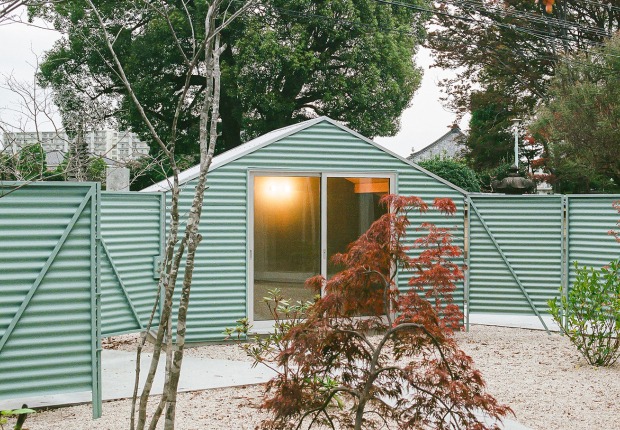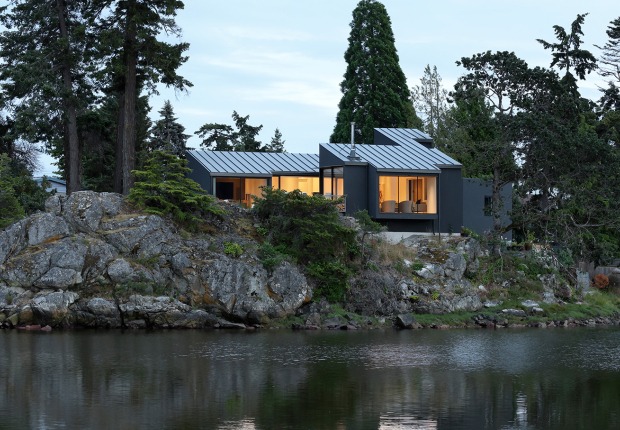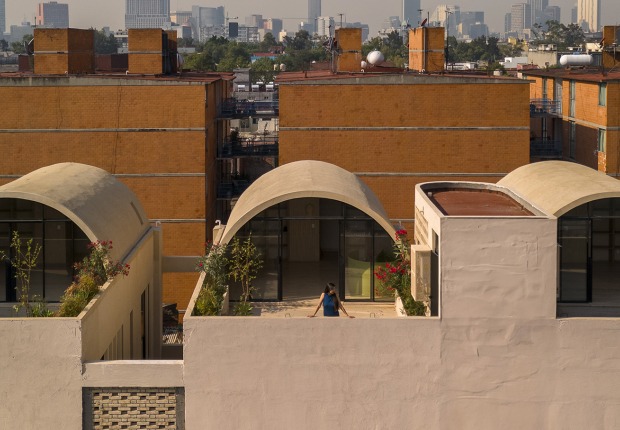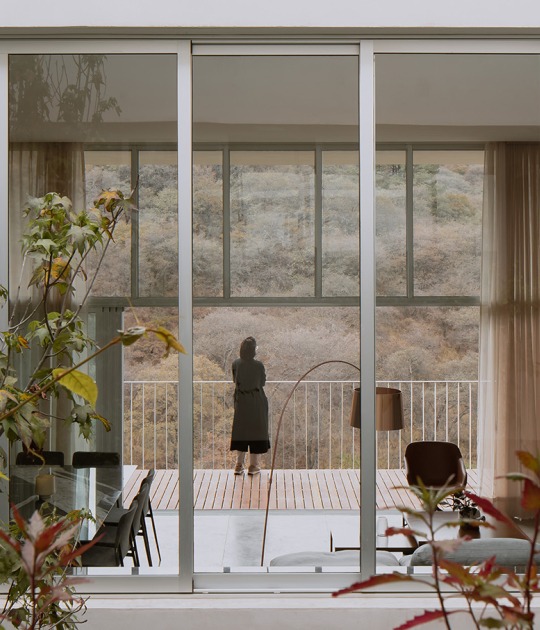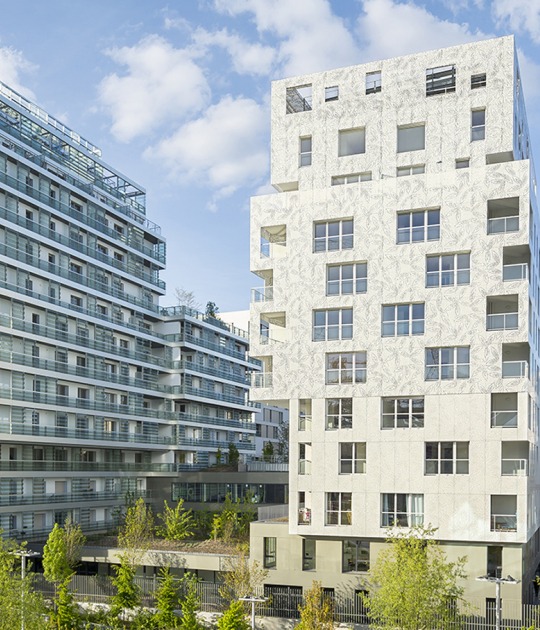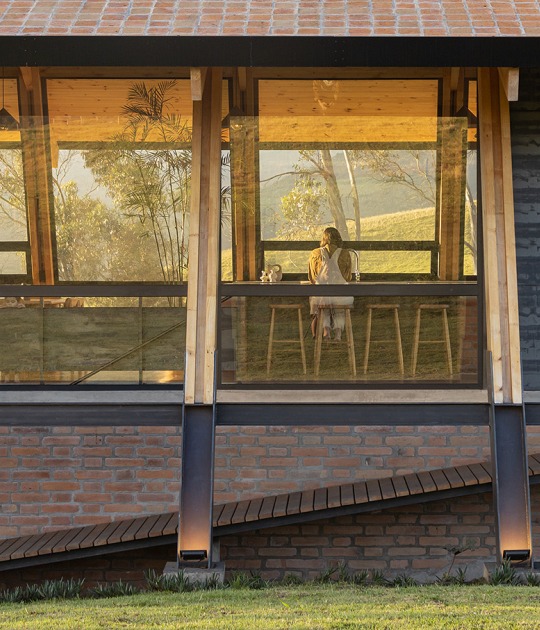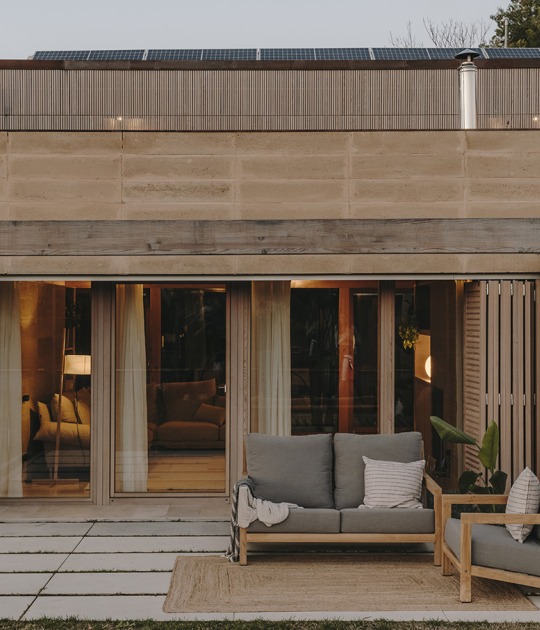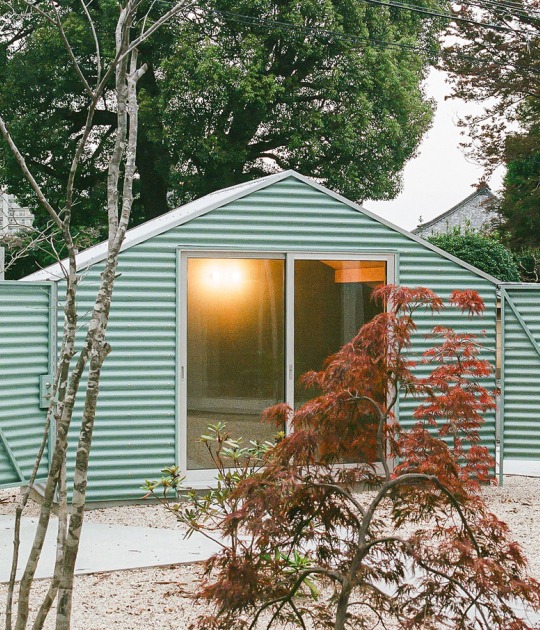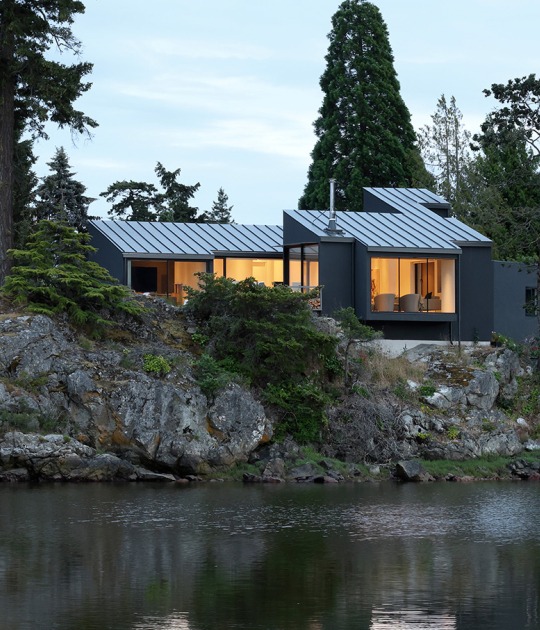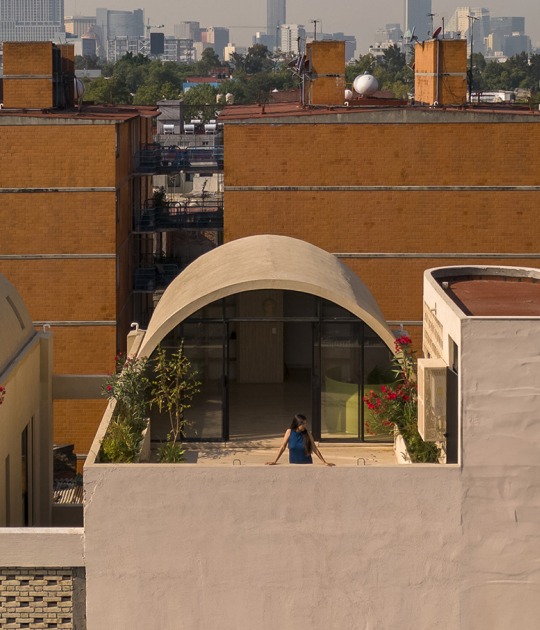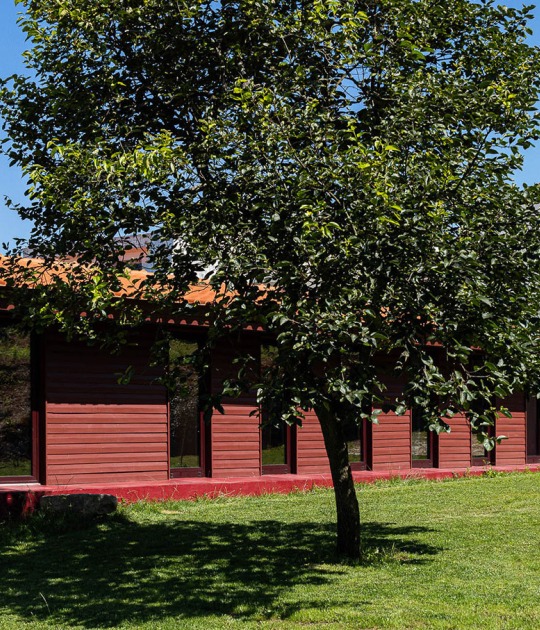This iconic steel and glass house was built on the edge of Fox River, yet the river has shown little respect for Mies' brilliant juxtaposition of the natural and the man-made. In the past 18 years, the river has inundated the house three times. The worst flood, in 1996, smashed one of the home's huge plate-glass windows, sending more than 5 feet of water inside and causing thousands of dollars in damage.
Confronted with the prospect of more flooding, the house's owner, according Chicago Tribune, the Washington-based National Trust for Historic Preservation – who bought the house at auction in 2003 – is carefully weighing how to preserve and protect the house, two goals that potentially conflict. Keep the house where it is, and the river is almost sure to flood it again someday. Move the house away from the river to higher ground, and its authenticity would be compromised. Such are the choices in an era when disastrous "100-year floods" seem to occur every few years.
Is there a middle way? The owner believes it may have one. The trust is considering a daring plan that would temporarily move the house from its site, build a pit beneath it and insert hydraulic jacks that would lift the house out of harm's way the next time the Fox attacks it. Or so goes the plan, which seems like something out of a science fiction movie.
The options are not cheap. A consultant's report estimates that the hydraulic system would cost $2.5 million to $3 million. Another plan, whose top price is pegged at $2.9 million, would place the Farnsworth atop a sloping, 9-foot-high mound built on the home's current site. The third option, a relative bargain at $300,000 to $400,000, would move the house to high ground several hundred feet from the river, but it's almost surely a non-starter.
“The Farnsworth belonged in only one place — not on some estate in the Hamptons, but near the Fox River, precisely where Mies and his client, Chicago doctor Edith Farnsworth, put it 1951. Moving the Farnsworth House so far from its original site would violate that precept.It also would destroy the house's serenity by placing it close to nearby River Road, which gets its share of noisy cars and trucks even if it isn't the Dan Ryan Expressway.”
A technical advisory panel, including Chicago architect and Mies' grandson Dirk Lohan, reviewed the proposals and concluded that the hydraulic lift option looks "most promising".
The Story. Farnworsth House by Mies van der Rohe Society.
It—two parallel planes held in suspension between the earth and sky by only eight steel columns—seems simple, but Mies worked through 167 drawings to come to his final, fearless design. Like Einstein’s equation, its simplicity exudes an elegance through a thorough attention to detail. However, Mies did not create the Farnsworth House to be an iconic glass box viewed from afar. Rather, he hoped to create a space through which life unfolds both independently and interdependently with nature.
Edith Farnsworth, a brilliant doctor, first met Mies at a cocktail party in Chicago. Familiar with his work, she asked if he would design a small weekend retreat for her on the banks of the Fox River. Upon visiting the 64-acre site, largely within a flood plain, Mies perceived the true power already present within the natural landscape. Thus began his quest for a transparent structure that would minimize the boundary between man and the natural world. With an open floor plan of only 2400 square feet, he created three distinct spatial interfaces: a transparent house, a covered terrace, and an open deck. His budget was $40,000.
Edith Farnsworth nurtured a sophisticated intellect and daring stance. Though charmed by Mies’ quiet, bold genius, she was certainly aware of his minimal form and bravely gave him freedom to create—a visionary and rare move which allowed Mies’ own vision to grow. For some time, she and Mies enjoyed a deep friendship fused by common interest and parallel intellect, often spending days and evenings together both on and off site. But as time wore on and expenses skyrocketed, Edith’s patience and enthusiasm waned. She sold the house in 1975 to a British Lord after living there periodically for several decades. In 2003, the Landmarks Preservation of Illinois and the National Trust purchased the house for $6.7 million. Edith, who died in 1978, never lived to know her house as one of the most widely acclaimed 20th-century structures.







